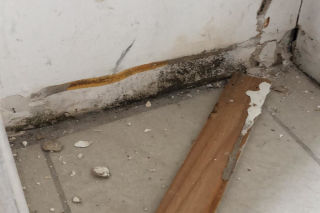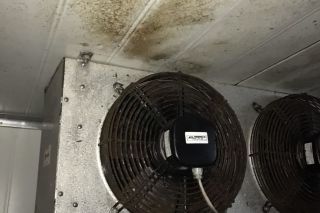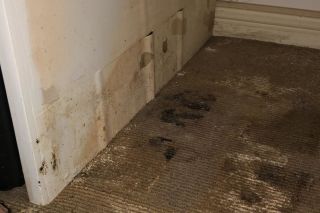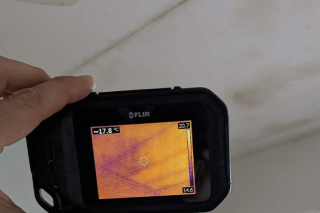Mould Testing Explained
If you suspect you have a mould problem in your building, it is important to conduct mould testing to conclusively establish whether it is present. We offer several rigorous methods of mould testing for your peace of mind.
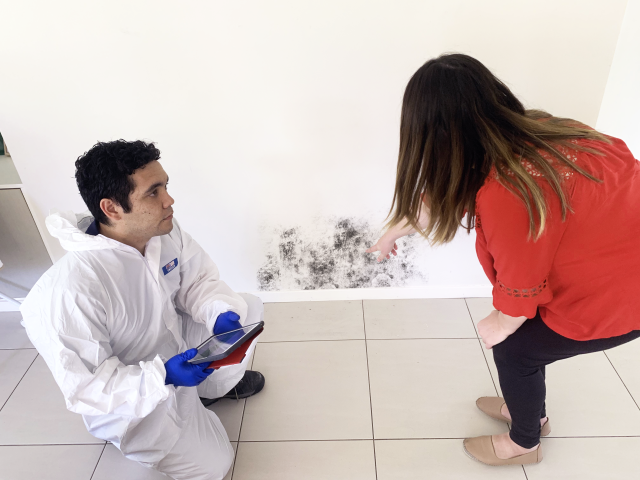
#Why Should I Test for Mould
You may have suddenly discovered a suspicious growth appearing on your walls or ceiling, or you may have started noticing a musty smell when you walk into a particular room. If you are concerned that these may be signs of mould, it is a good idea to get mould testing done. If the tests indicate no mould, then you can move on to finding other potential causes. However, if the tests do indicate the presence of mould, you can immediately start the removal and remediation process.
Mould is a type of fungus that produces spores which are invisible to the naked eye (see “Signs of Mould” below for indicators of mould infections). However, these spores can be harmful to the health of your family, pets or workers. Mould spores can be present in the air without any visible growths on property, however visible mould growths mean that the presence of mould spores is certain. When these spores are inhaled, they may lead to negative health effects. Mouldy environments have been linked with respiratory and other diseases (see this article for more information, and this article1 for an in-depth scientific review). Furthermore, mould growths may indicate the presence of underlying issues such as high relative humidity that could be causing other health or property issues. Mould growths are also simply unsightly, making buildings unattractive or repulsive to occupants or potential buyers.
Please visit the qualified mould inspection company IECL for more comprehensive information:Visit Website
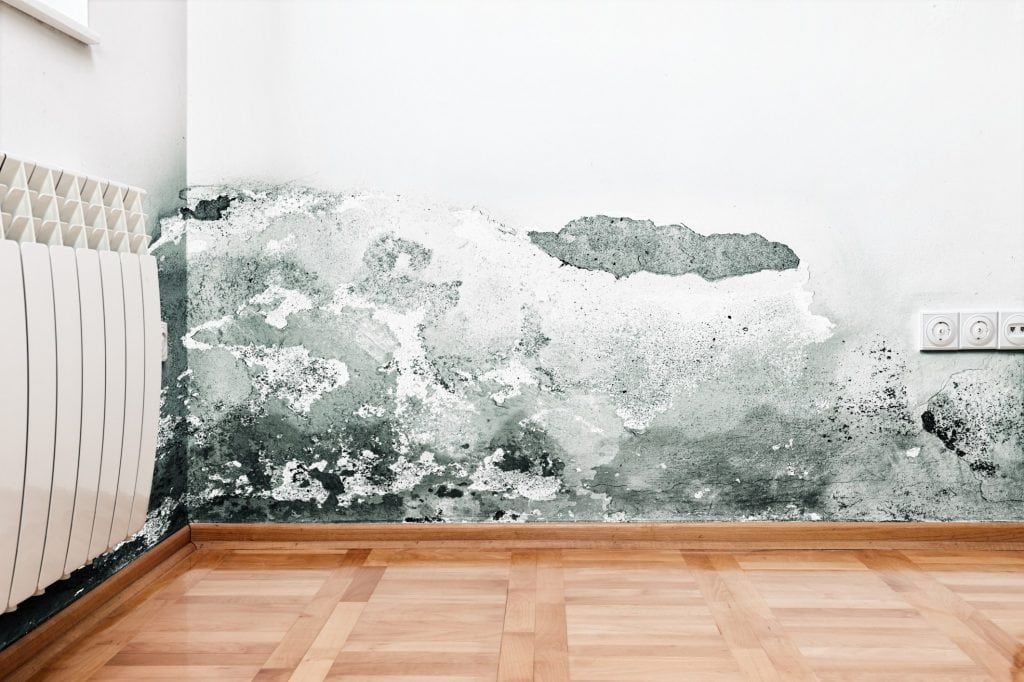
#Signs of Mould
If you suspect you may have mould, but aren’t sure yet, these are the tell-tale signs that you have mould growing in your building:
You smell a musty odor from certain rooms and or a chimney.
You get watery eyes that sting and a runny nose when you spend time in a specific room for too long which may feel similar to an allergic reaction.
You get an itchy and burning feeling in your skin along with constant tingling. Your skin may also get dry, itchy, and/or scaly.
If a member of the family (or yourself) has asthma, it acts up more frequently at home or in certain rooms than outside.
There is bubbling on the paint. It can be on the walls or even ceiling. If you have poster sheets instead of paint, they may also bubble.
You are suffering from breathing problems and cough a lot even though you don’t have a cold.
Exhaust fan or HVAC lining is getting jammed often.
If you have small children at home, they may cough at night or when windows are closed and there isn’t enough fresh air.
There are soft spots on the wooden floor or on the walls that feel squishy.
If you suspect that you have a mould problem, keep reading to learn about the kinds of mould testing we provide. For a comprehensive overview of all our mould services, from testing to remediation, please see this page. To enquire about mould testing bookings, please call us or use our Contact page to get in touch.
#Our Mould Services Explained
New Life Restorations offers two kinds of mould testing methods (air and surface) that are both offered within our two mould testing services (DIY and in-person).
Testing Methods
Air Sampling
Taking air samples is an effective way to determine the presence of airborne mould spores. When testing the air for mould contamination, two samples are taken. One sample is taken of the outside air, and this provides a baseline to measure against. The second sample is taken inside the building, and when compared against the outdoor sample can give an accurate indication of whether there is a mould infestation. Both samples are analysed in a laboratory. They are stained using lactophenol cotton blue and then viewed using a Nikon Eclipse Ci microscope at 400-600x magnification. Microscopic examinations of individual mould spores identifies the mould genera. The numbers and types of mould present are recorded and a mould concentration is calculated from the data (fungal structures per cubic meter of air).
Surface sampling
Surface samples can capture mould spores that have settled on building surfaces. These settled mould spores may grow a visible mould colony on the surface, or be dislodged and become airborne again. If you have a suspicious mark on a surface, directly testing it with surface samples can determine whether or not it is mould. Surface samples consist of adhesive slides (Bio-Tape) that are held on a surface briefly before being repackaged and set to the laboratory. Surface samples are analysed in the same way as air samples (see above). Numbers and types of mould present on the sample are recorded, and mould concentration is calculated (fungal structures per square centimetre).
Testing Services

IECL DIY Mould Testing Kit (pump may differ from the one shown)
DIY mould testing
If you would like to test for mould without the need for a technician to come to your property, New Life Restorations’ sister company IECL provides DIY Mould Testing Kits. These kits include:
2x air sampling cassettes
2x surface sampling Bio-Tape slides
1x air pump (for hire, needs to be returned)
Instruction guide
Return postage satchel for sending pump and samples back to the lab
Please note that laboratory fees for sample analysis are NOT included in the price. Laboratory fees can be paid for separately according to the number of samples taken and returned, and include a detailed report from our qualified laboratory technician.
The guide included in these kits contains step-by-step instructions with example photos for further clarity. This video also gives a visual demonstration of the DIY mould kit.
Onsite mould testing
If you prefer a qualified technician to perform mould testing in your premises, NLR can provide this service. Simply call our office to discuss your needs and schedule an inspection, and we will send out a trained staff member to perform the necessary tests. Our technicians take two kinds of samples to determine the presence or absence of mould - air samples and surface samples. (See “Testing Methods” above for an explanation of these sample methods, and click here for more details.) These samples are then taken back to our laboratory, where they are analysed for the presence of mould spores. A detailed report is formulated and sent back to you via email. If the tests indicate the presence of mould and you would like to have remediation work done, please do not hesitate to contact us again to book these services. See this page or contact the office for more information about these services.
Summary
If you have noticed any signs of mould in your premises, it is important to get mould testing done to determine whether remediation needs to be carried out. Mould can be harmful for occupants health, unsightly, and possibly point to an underlying issue that needs to be corrected in your building before more damage occurs. New Life Restorations provides DIY and in-person options for mould testing, with a rigorous duel-method approach. Please contact the NLR office for more information or to book testing services.
References
Soloway, A. R. (2011, October). Mould 101: Effects on Human Health. Poison Control: National Capital Poison Centre. https://www.poison.org/articles/2011-oct/mold-101-effects-on-human-health
